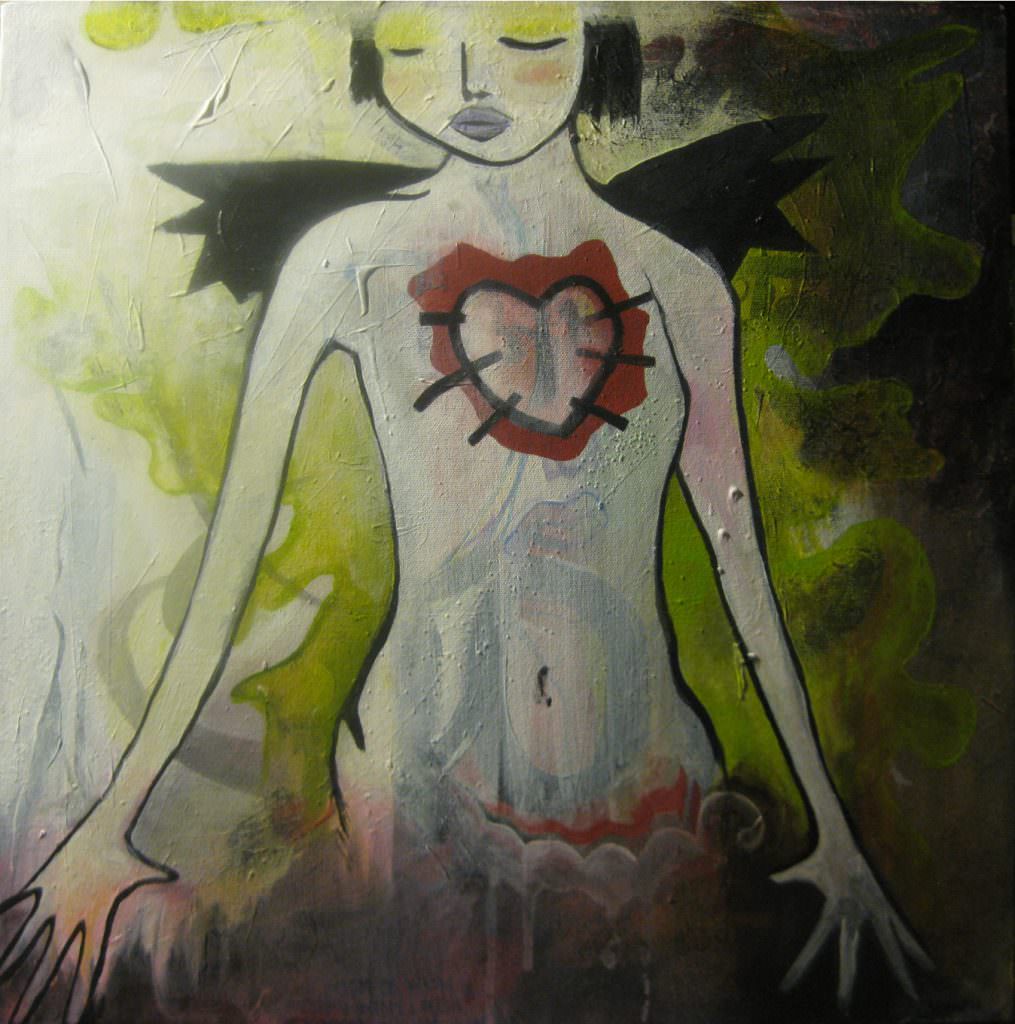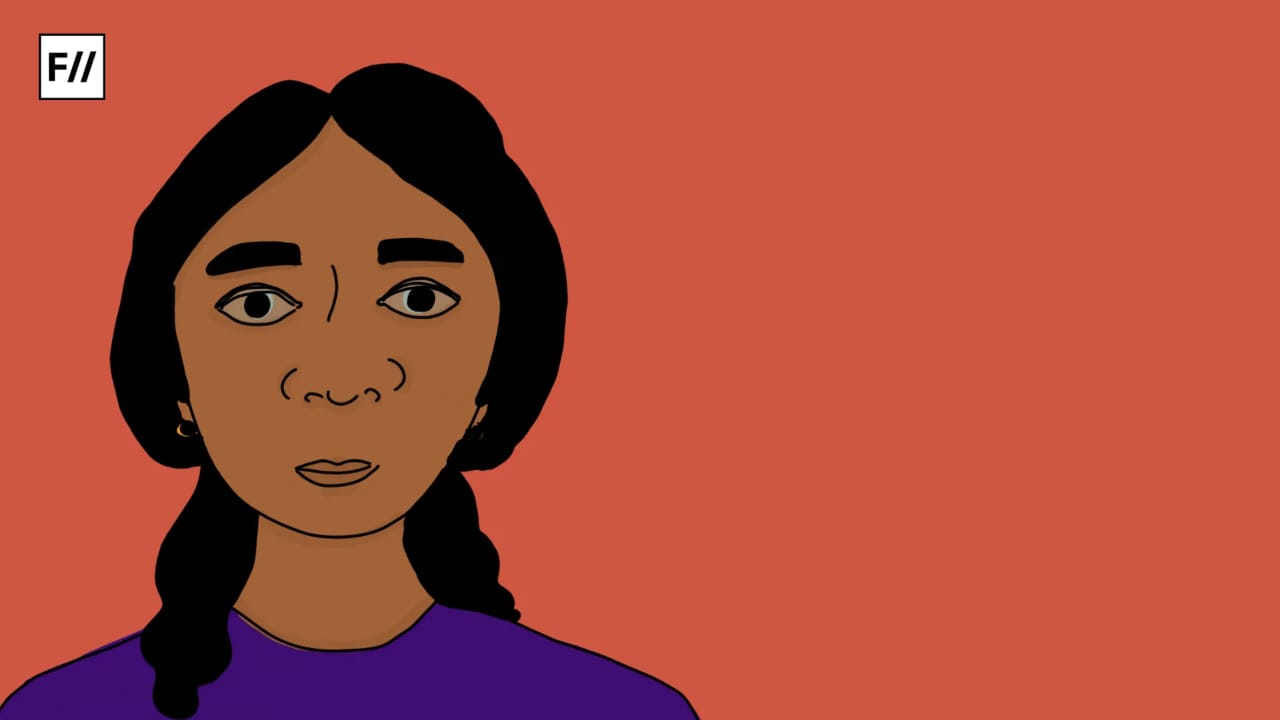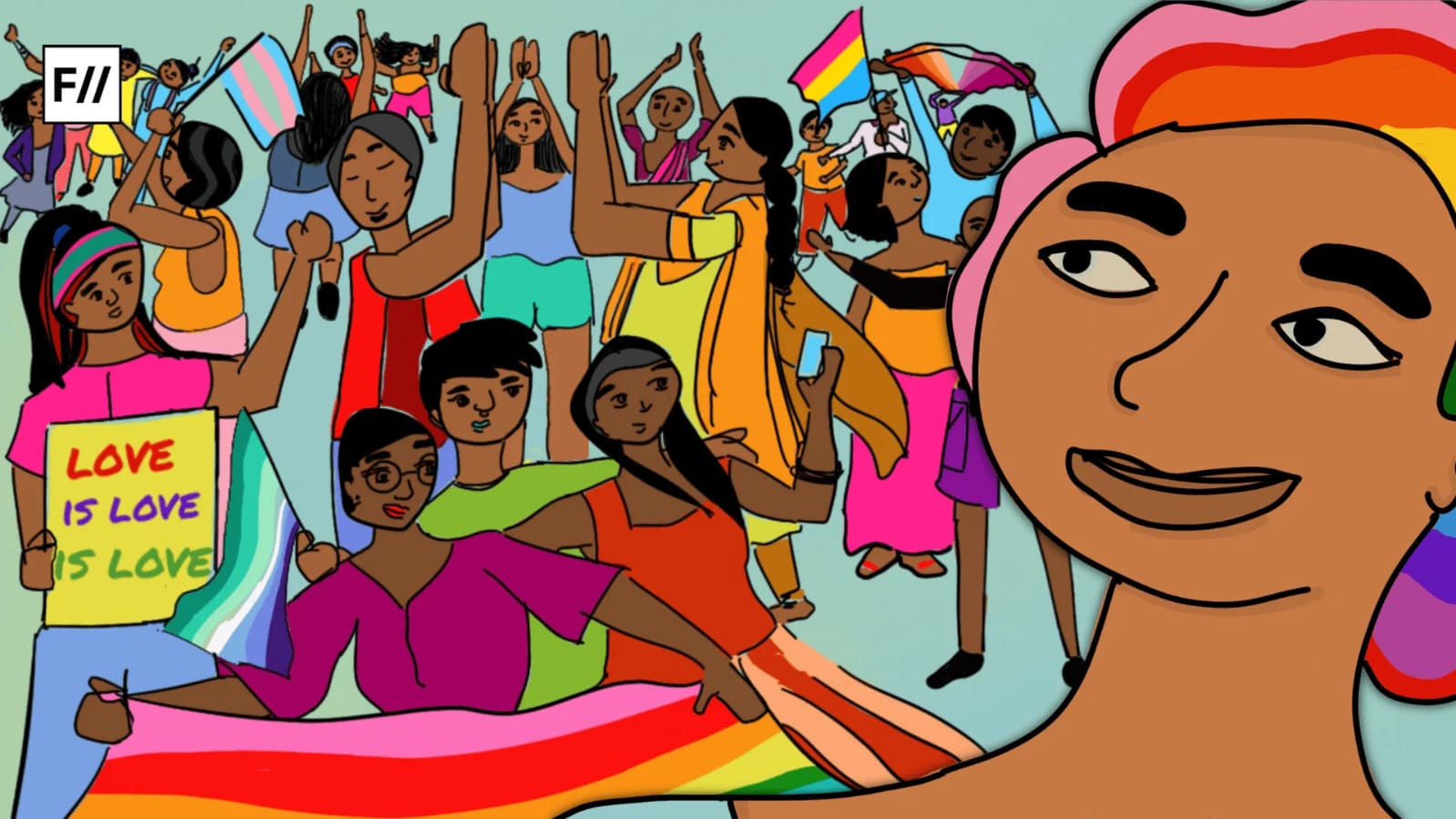Posted by Georgina Maddox
How the media can play a more supportive role in bringing out the stories of genderqueer and marginalized sexualities.
The rape and violence began when she was ten years of age. The perpetrator was her brother. At that time she had not had gender reassignment surgery. She was still what they biologically called a ‘boy’. Her father beat her and stripped her naked when he came to know what was transpiring between the brother and her. Even though he was the rapist. Her father said to the entire family: “He is a boy look at his body and see him for what he is.”
Despite the public humiliation she collected her clothes and that night she ran away from home. She wanted to continue her education and was determined not to let the violence perpetrated by her brother and father, stand in the way of her dream— her dream of one day becoming a full woman. She did tricks and sexual favours to pay her way through college. Today Shamim* has had sex-reassignment surgery and she is working in a beauty parlour. But she is still haunted by the ghost of her brother coming to her bed at night.
Bunty* always wanted to ride a motorcycle. One day, zees** uncle said, “I will teach you.” Zee was twelve years old at the time and biologically zee was still considered ‘a girl’. The uncle drove them on his Rajdoot motorcycle, into the desolate suburbs where the planes and helicopters landed. “It’s the best way to learn with no traffic,” he said. Bunty was very quick in trying to master the bike but uncle continued to sit at the back with his arms around Bunty’s waist. The arms kept moving upwards and then the uncle was on top of Bunty speaking obscenities and tearing zees clothes off. To date the uncle claims he never heard Bunty screaming, “No stop! What are you doing?” Now that Bunty owns his own bike and works as a car salesman in a Honda showroom he does not like to talk about this incident because now he has had top surgery, he can even stand and pee — He is a ‘real man’.
On the eve of victory of the Suzette Jordan rape case where the city sessions court, in Kolkata on Thursday announced that all accused are guilty in the Park Street rape case, I would like bring up the issue of rape and violence that trans people go through. There is a deep silence around it that is often never broken. These rapes are never reported. They never get justice.
While we as feminists are happy that Jordan, whose battle lasted for two-years and was won posthumously after her tragic death to Meningitis in March 2015, there are so many cases where trans people still find it impossible to be taken seriously by the court of law or the police when they go to lodge a simple FIR when they are raped. Most trans male to females are ridiculed and often paraded naked in front of the cops when they scrunch up the courage to go and report a rape.
It was a courageous Parvathy who faced the cameras at the Hyderabad Pride and talked about how she was stripped naked by the police to determine her gender when she went to report her rape.
In a role reversal many trans female to males never even talk about their rape because they feel the pressure to be strong and masculine and often do not want to acknowledge their vulnerabilities and struggles. That a CIS gendered woman like Jordan was courageous enough to come out and speak openly about being raped and name her perpetrators, Nasir Khan, Ruman Khan and Sumit Bajaj with the strong belief that she had not done anything wrong, is wonderful. However, it is a long journey for many trans people before they can receive support and begin articulating their struggle as people who constantly face abuse and violence.
The role of the media is crucial in highlighting these issues and it can become a whistle blower and supporter for those who suffer the ignobility of rape and abuse at the hands of a patriarchal system, whether they are CIS gendered women, young CIS gendered boys, transgendered males to female or female to males and those whose preferences lie on the unnamed markers of the gender-sexuality spectrum.
However, it is not often the case. Tabloid journalism is given to sensationalising issues often resorting to insensitive headlines, strange diagrammatic representations that often reconstruct the rape in an arm-chair rapist manner and even worse, sometimes even revealing the name and photograph of the reaped or molested person without their expressed consent.
Over the years reporters have become more empathetic and supportive, however some editors often continue to push them to reveal real details and real photos of the people who want to share their story of abuse or rape. The editors in turn are just responding to pressure created by the media houses that want to top their rivals by getting a more ‘real’ more ‘in-depth’ and ‘exclusive’ coverage.
In this race to gain TRPs in broadcast media or the ‘number one’ ratings among dailies, the person who was raped or abused often faces humiliation to the point that some are even driven to commit suicide. In our candlelight vigils let us also raise awareness that revealing photographs, names and identities of those who have suffered some form of violence or abuse is a matter of consent, in the same manner that non-consensual sex is and always will be called what it is—rape.
*All names have been changed to protect identity.
**Zee is a gender neutral pronoun that is preferred by many in the FTM TG community.
Featured Image Credit: Tectonic Shift by Zeraph Dylan | WildGender
Georgina Maddox is a critic/curator who was a full-time culture correspondent with the Indian Express and the Times of India. She is currently working as content curator and research assistant at Sahapedia, an online open encyclopedia on art and culture. She also continues her role as an art critic with a regular art column in Hindu Business Line’s Sunday Magazine BLink. She has published articles in Open Magazine, Tehelka, India Today, Harpers Bazaar and Elle Magazine and the Maxposure magazine AND. She has published essays in important books like, Articulating Resistance: Art and Activism; edited by Deeptha Achar and Shivaji K. Panikkar. She has also been part of creating text for the upcoming book and weblog of India’s largest public art project, MIAL GVK, The Mumbai International Airport, spearheaded by Rajeev Sethi of the Asia Art Foundation. She was Critic in Residence for KHOJ residency Shifting Focus and has curated several exhibitions.
About the author(s)
Guest Writers are writers who occasionally write on FII.




